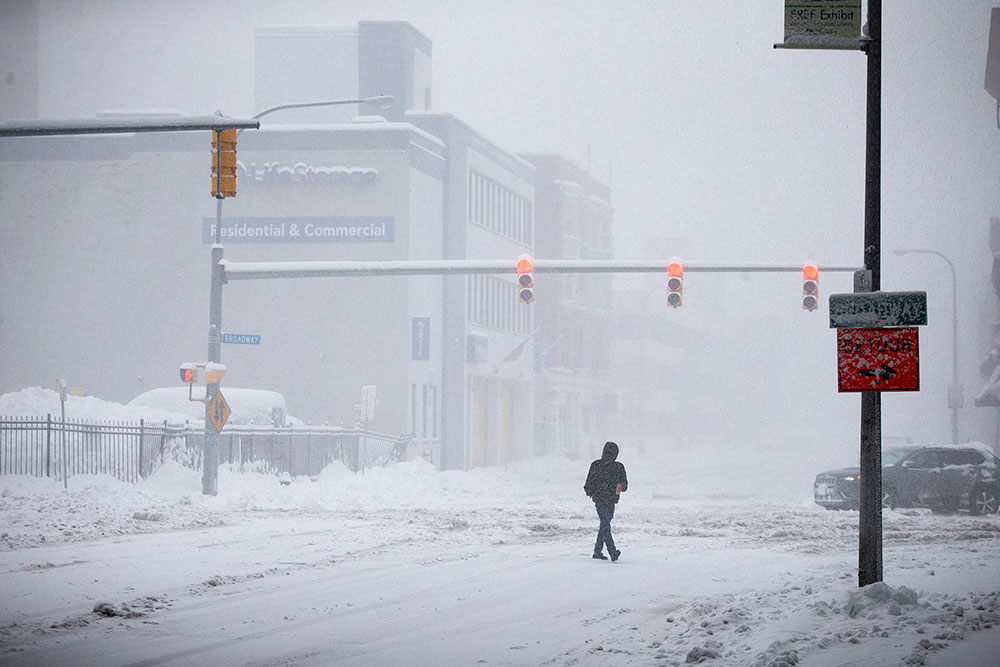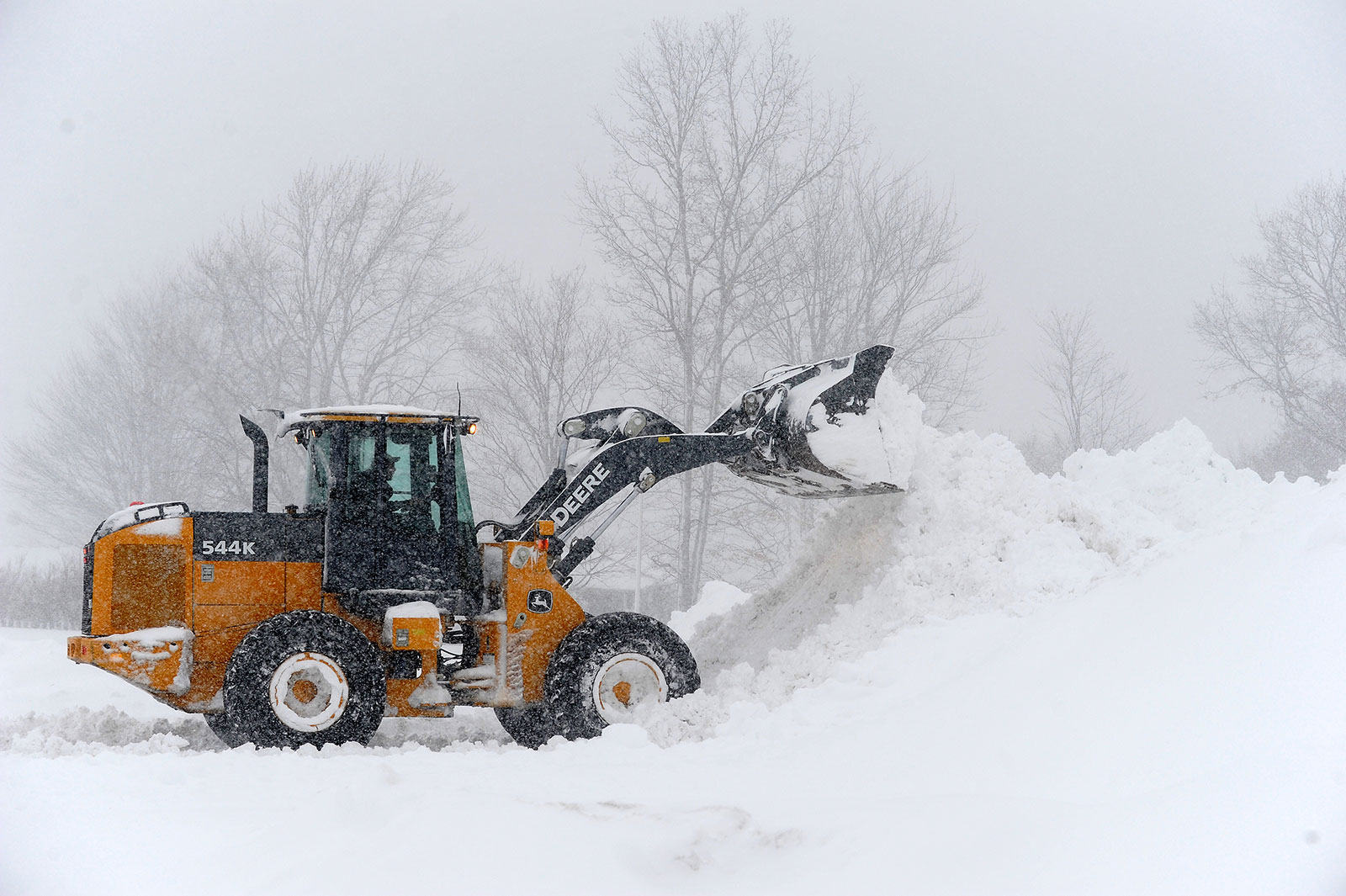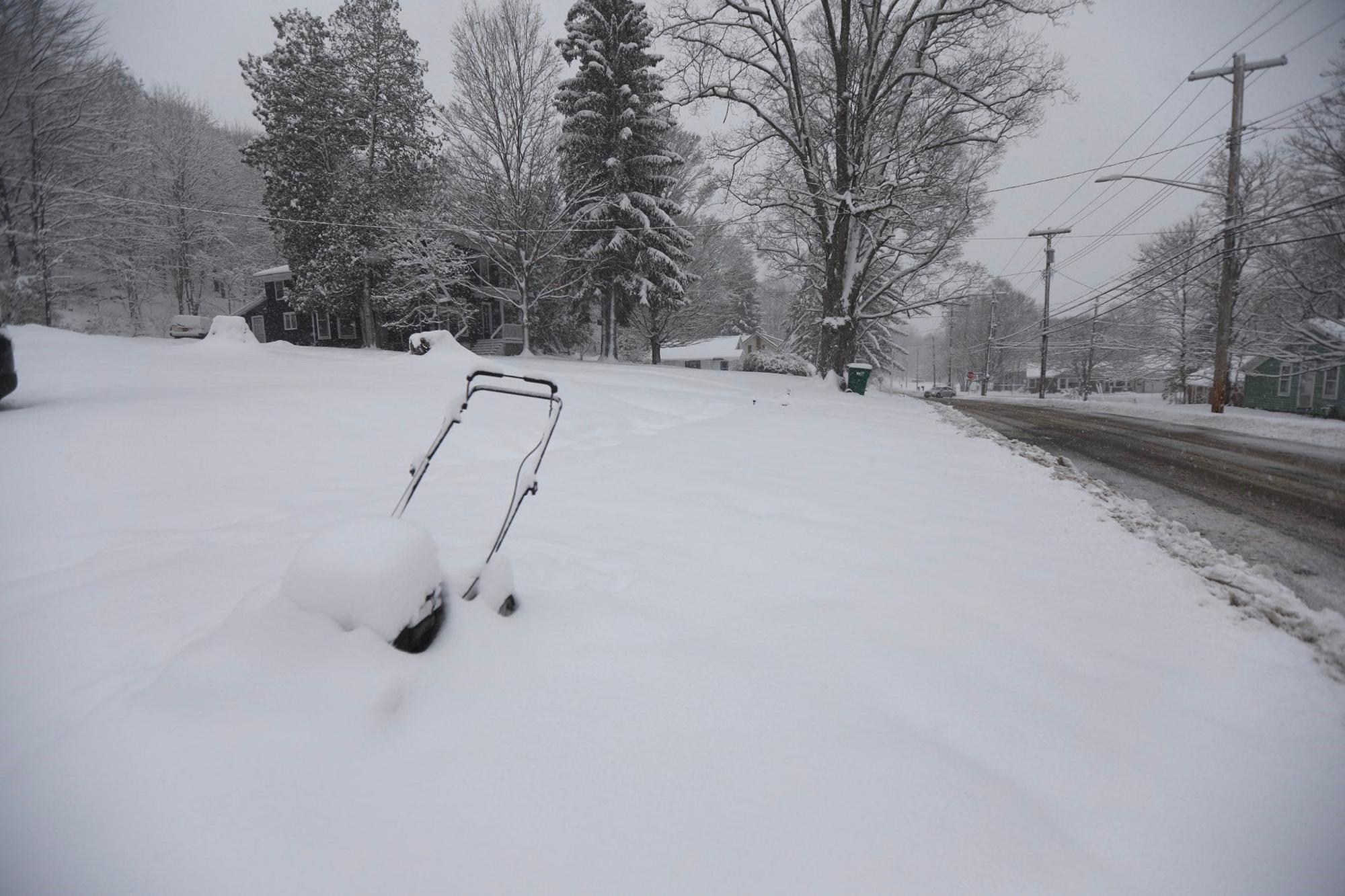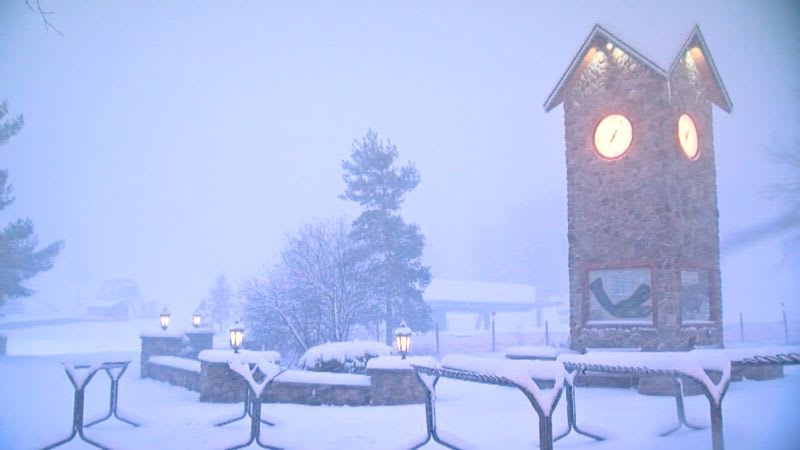Thundersnow is exactly what the name suggests – a snowy thunderstorm. But the winter version of a thunderstorm is far less frequent than the spring and summer thunderstorms most people are used to.
That is because the creation of thunder and lightning require significant amounts of atmospheric instability, which requires warm air. This is ample in the spring and summer, but not as much during winter snow storms.
Thundersnow is a rare phenomenon seen only in the strongest winter storms, such as nor’easters, intense blizzards and bomb cyclones.
On Thursday evening, this Twitter user heard the ever-elusive sound of thundersnow in Buffalo:
But the underlying mechanisms of thundersnow are the same as other thunderstorms. They require a combination of moisture above the Earth’s surface, instability in the air, and a lifting mechanism, according to the National Environmental Satellite Data and Information Service.
And where there is thunder, there is of course lightning – so while experiencing the wonder of thundersnow in person might be enticing, it can be dangerous. Staying inside your vehicle or a building is the safest way to avoid lightning strikes when you hear thunder.
Lightning associated with thundersnow storms is far less frequent than in summertime storms, however, and is generally the cloud-to-cloud variety, as opposed to strikes that travel to the ground.
And then there is the sound. Thundersnow doesn’t have the same “boom” you’d hear during regular thunderstorms. The heavy snowfall muffles the sound of the thunder, making it sound more like a low rumble than a loud, sharp bang.




